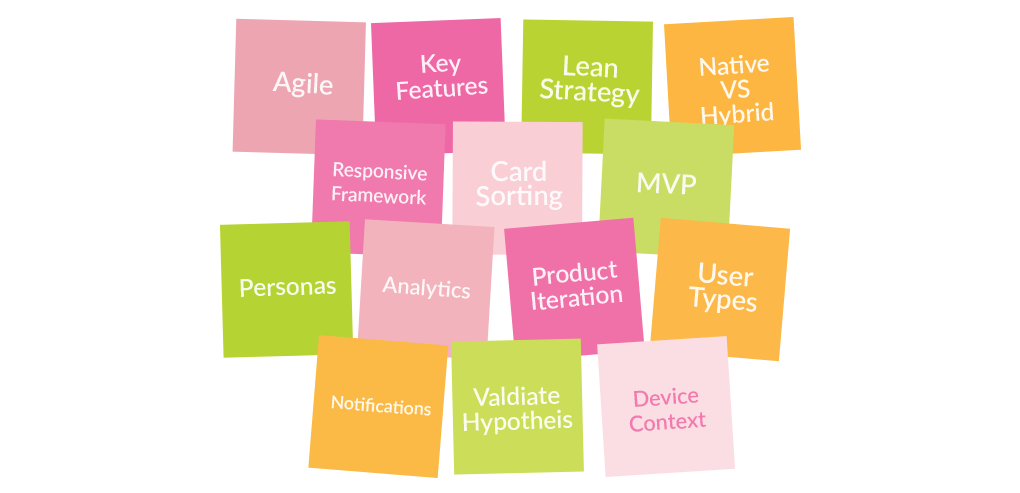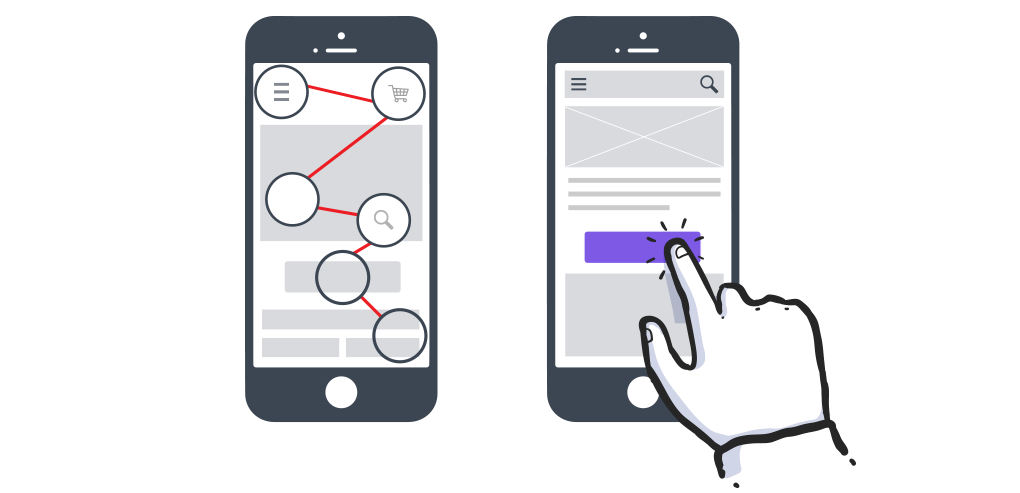We talked to Mark Swaine of uxguy.com and Interfacebuilders.io about his wealth of experience working in fintech. He works with banks, financial disruptors and energy companies who are attempting to adopt a UX focused approach to designing their customer experiences. In this article we cover how he helps clients learn about the value of user experience research, workshop collaboration, internal education and digital transformation. He also discusses how he helps clients to translate data, conduct research and use industry best practice in UX/UI to create better customer experiences. We’ll hear about how Mark keeps up with the changes in the world of UX by constantly self educating.
Dave: Hi Mark, thanks for taking the time to chat. To start, maybe you could tell us a little about what you do?
These days I’m spending a large part of my time educating clients about the UX process. UX has been an important part of the software design process since the mid 70’s but these days you see a major focus on companies building their own internal UX teams. The value of customer experience design is now the core focus within organizations.
My work involves speaking to large organizations about user experience focussed strategies. Often I’ll spend time at the start of an engagement educating the product team about implementing a user experience focussed strategy and it’s benefits. This approach can involve helping clients conduct user research, usability testing, persona development, prototype testing and UX workshops. I could easily spend three days or three weeks with a client, helping them story-tell their product strategy, user needs and product framework.

I work with large and medium scale international clients. A common theme I’ve noticed is that a lot of my time is spent talking and educating my clients, stakeholders and product owners. Every engagement is custom and different in approach, which always requires a level of understanding, acceptance and trust from the client.
Talking through case study examples and discussing current contextual related market product trends helps clients to understand industry, engagement, scope required and the post engagement effort needed to upkeep, improve and consistently delight their users.
This can sometimes translate into many workshops, weekly / monthly, but the time investment is worth it. In some cases clients may be spending up to $500,000 on their product user experience strategy and development. Moreover, clients can spend anywhere from $5 - $10 million dollars a year on UX product strategy research and feature iteration. Developing a product release governance model, reviewing features and hiring the right team members to live and breath the product daily is just the the first step for an organisation to keep up with their users’ expectations.
Dave: You recently moved back to Ireland after spending a long time in Canada and the US. What differences do you see between the markets?
Mark: From my experience in North America, the buy-in to the UX process is accepted quicker as organizations understand the real value and pace of the industry and the expectations of their users.
In Ireland, the UX process is becoming more recognised as part of product development and design. But, there is still a lack of understanding around the long-term value and budget needed to build a great product.
On some engagements I will develop an MVP prototype quickly so that stakeholders can begin to interact with their product vision at an early stage, validate features and be part of the process. This really helps stakeholders get a feel for user flows and helps stimulate discussion around perceived assumptions on how their users may interact with the product.
In Ireland, budget can be an issue sometimes. It will always be a discussion point because clients sometimes need to be educated more about the work and time involved to truly make their product successful.

Dave: Every client project is custom. Can you describe a project that introduced a different way of thinking about the client’s current product issues.
Mark: At the moment I’m conducting user testing with a client. I’m using usertesting.com to conduct user test scenarios. I get focus groups together and write a lot of scripts for tests. From this I’m trying to create some insights about what may be happening with the client’s product on smartphone and desktop and combining this with their support data. This project is interesting because the client was solely focussing on analytics/data to provide answers. It is never a good idea to solely base solutions off data. Data only provides insights to one angle of the issue. It does not tell you what the user is thinking or why they chose a particular action or route over another. This is why it’s best to combine data with user testing where possible.
Dave: Is it a thing that desktop and mobile are seen as different environments and are your clients treating them differently?
Mark: Users should be able to complete the key tasks contextually on smart phone and desktop. In any given product, users will really only interact with three to five features of your product. They will expect to be able to engage with these no matter what the screen size. You should never lag on a feature just because of screen size. You have to define the depth of your user’s experience contextually per device type.
One example is getting the search function for a responsive website or app product to work really well on smartphone. Search functionality can be one of the first touch points for users on e-commerce websites. Not enough time, research or emphasis is placed on search on smartphone.
Some brands obviously have done it beautifully such as Apple. They’ve done a good job on their new responsive site for search. Tripadvisor is also really good.
Looking at big retail brands like Macy’s, Bloomingdales you’d naturally expect a phenomenal smartphone experience, but on smartphone their search functionality requires a lot of UX investment.
Dave: How do you stay on top of changes in the industry?
Mark:
A lot of my time is spent self educating. It’s so important for a user experience professional to self educate daily. I do this by reading, practising methodology, learning about new ways to use data and by keeping up to date with mobile technologies, framework patterns and UI design trends. The practice of UX is moving at the pace of light and it’s really up to the individual to take care of their own career and invest the time needed to stay relevant to employers and clients.
I’m an early riser and I usually kick off the morning with some reading on my preferred design and tech blogs. I also invest in books and self education, not just in UX or design. For example, at the moment I’m spending a lot of time learning about Bitcoin and Blockchain. I subscribe to .net, Harvard Business Review, Smashing Magazine, MatterMark, Webdesigner, Financial Times and editorials like that to keep relevant.
The area of user experience is vast in terms of specialization. You really do need to have a high level understanding of the multiple disciplines involved in the practice, from R&D, workshop collaboration, user testing, user research, business requirements gathering and prototyping to information architecture and UI design.
Author Bio:
Mark Swaine is a user experience consultant at UXGuy.com - He is a recognized thought leader in user experience and user interface design. He has over 13+ years implementing industry best practice in mobile first design, usability testing, user research, UX technology trends and mobile product development trends. Find Mark on: Twitter and LinkedIn